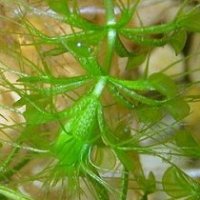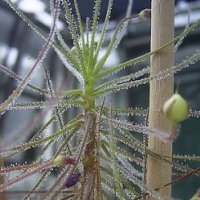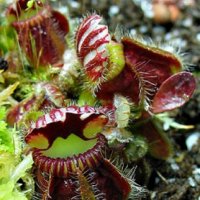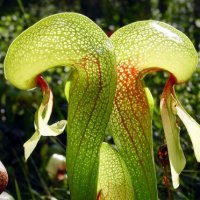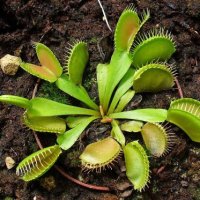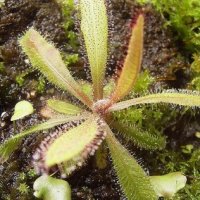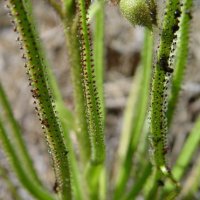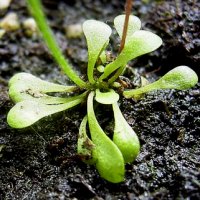Carnivorous Plants

Carnivorous plants are plants that get most of their nutrients by digesting insects and other animals. They are usually found in plants where the soil is thin or poor. There are some 630 species of carnivorous plants today. The majority of these attract prey, comprising mostly of insects, which are trapped and fall into their enzyme-rich fluids that digest them. Carnivorous plants employ a number of trapping mechanisms to catch their prey. These include pitfall traps, flypaper traps, snap traps, bladder traps and lobster-pot traps.
To qualify as a full-fledged carnivore, a plant must attract, kill and digest its prey, deriving nutrients by absorbing the products of the digestion. The level of carnivory in plants may range from the completely non-carnivorous, such as cabbages, to the borderline carnivores to employ simple traps, to the extremely complex traps, like those of the Venus flytrap.
Plants that do not produce any digestive enzymes, that employ simple pitfall traps are regarded as borderline carnivores. There are also plants that do not produce the prey-digesting enzymes, but instead rely on the enzymes of symbiotic bacteria to break down their prey.
To qualify as a full-fledged carnivore, a plant must attract, kill and digest its prey, deriving nutrients by absorbing the products of the digestion. The level of carnivory in plants may range from the completely non-carnivorous, such as cabbages, to the borderline carnivores to employ simple traps, to the extremely complex traps, like those of the Venus flytrap.
Plants that do not produce any digestive enzymes, that employ simple pitfall traps are regarded as borderline carnivores. There are also plants that do not produce the prey-digesting enzymes, but instead rely on the enzymes of symbiotic bacteria to break down their prey.
Carnivorous Plants
 Index of 690
Plants in The Flowering Garden
Index of 690
Plants in The Flowering Garden
Copyright © 2008-2018 The Flowering Garden. All Rights Reserved.
